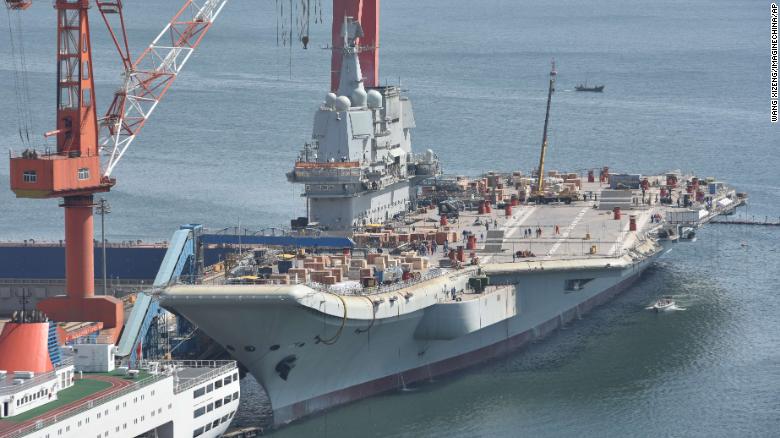Shubhranshu Choudhary
Just after rains, in the year 1980, seven batches of seven armed people entered Dandakaranya forest, the Amazon of India. They have now become “India’s biggest internal security threat,” as our former Prime Minister Manmohan Singh once called them. These people, now members of Communist Party of India (Maoist), came there to “hide”. They believed revolution, will still be led by Indian peasants from the mainland villages who will encircle the cities as followers of Chairman Mao once did in China. In their document, the ‘Rear area document’, they wrote “revolution will not happen in forests. These Adivasis do not have political consciousness. We need to develop these areas as place to hide when we encounter rough weather in plains and cities.”







